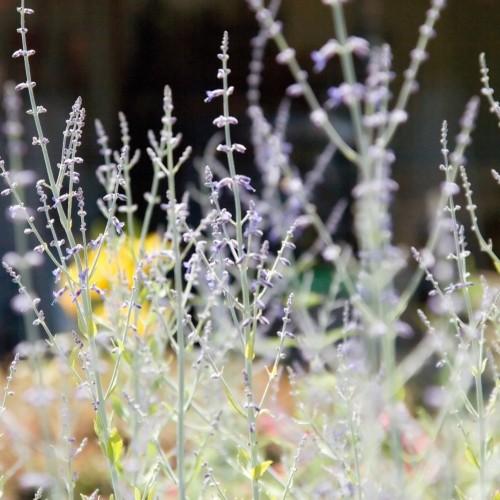
Russian sage
Perovskia 'Longin'
Cycle:
Herbaceous Perennial
Watering:
Minimum
Hardiness Zone:
5 - 9
Flowers:
Flowers
Sun:
Full sun
Leaf:
Yes
Growth Rate:
Low
Maintenance:
Low
Drought Tolerant:
Yes
Care Level:
Medium
watering
Russian sage (Perovskia 'Longin') prefers full sun and well-draining soil. Water the plants regularly, providing about 1 inch (2.5 cm) of water per week. Water the plants deeply about once a week, soaking the soil and allowing the top 2-3 inches (5-7.5 cm) of soil to dry out between waterings. In hot climates, you may need to water more often. Water at the base of the plant and avoid getting water on the leaves, as this can lead to fungal diseases. Avoid overwatering, as too much water can cause root rot or other issues.
sunlight
Russian Sage (Perovskia 'Longin') enjoys full sun and benefits from 6-8 hours of direct sunlight each day. It can tolerate partial shade but should ideally be planted in a spot that gets direct morning light, some midday sun, and afternoon shade to avoid scorching. Additionally, this plant can handle hot summer temperatures and is usually most productive when exposed to the full sun of late spring and summer months.
pruning
For Russian sage (Perovskia 'longin'), prune annually by cutting back early in spring before the plant begins to bloom. It is best to remove about 1/3 of the oldest stems to the ground. This will encourage new, more vigorous growth. If the plant becomes too large or lanky, prune more aggressively in early spring by cutting the plants back to half their size. This will promote a bushier, more compact form. Additionally, Deadheading spent blooms can also help promote a longer blooming period.
